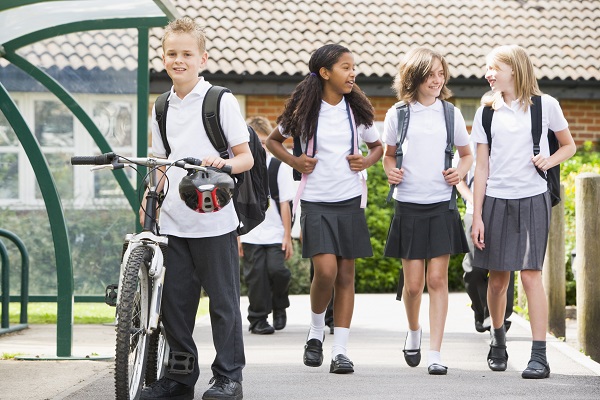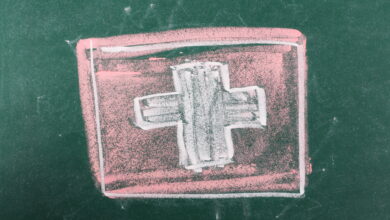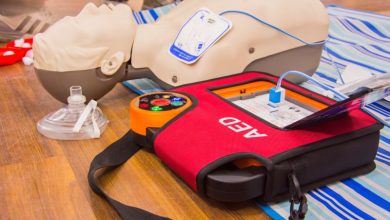How to mind that child in the school car park

Young children are extremely vulnerable on roads and in car parks. According to a recent report from the Ministry of Transport (MoT), children aged five to nine years are most at risk as pedestrians.
The majority of these accidents are directly related to attending school. Accident rates for child pedestrians peak within an hour before school starts and up to an hour after school finishes.
Accident rates have been declining over the years, but they are still alarmingly high. More than five children are killed and over 100 injured every year as pedestrians on New Zealand roads, according to the group Safekids Aotearoa. The tragedy is that many of these deaths and injuries were preventable.
Young children are excitable, they have a short attention spans and lack the experience to be able to calculate distance and speed. Researchers in the US also found that detection in peripheral vision is relatively poorer in children than it is in adults. They concluded that it was a contributing factor in the particularly high pedestrian accident rates of children.
Our children are vulnerable and need protection from life threatening situations. The danger begins in the school car park, where people and cars mix randomly and motorists reverse vehicles often with little vision of who might be behind. We must do more to make our carparks as safe as possible.
Safety training and safety awareness for the children is a good start and adult supervision is also important, but it’s not always possible and children do break away and run into the path of vehicles.
Physical barriers and pedestrian control systems are probably the most effective tool we can deploy in our quest to make our roads safety for our children. A range of interlocking rubber speed humps can be used to slow the traffic down to a manageable speed in car parks, increasing driver response times.
Barriers can funnel the children to cross carparks at a particular point so that staff and visitors don’t have the distraction of children appearing at any time. Wheel stops can be used to demarcate staff car parks and reversing accidents can be minimised by requiring staff to reverse into parking spaces carefully on arrival.
Each serious injury or death of a child on the road is unacceptable. We should never become complacent about the safety of our children – it is the most important issue we will ever be confronted with.






